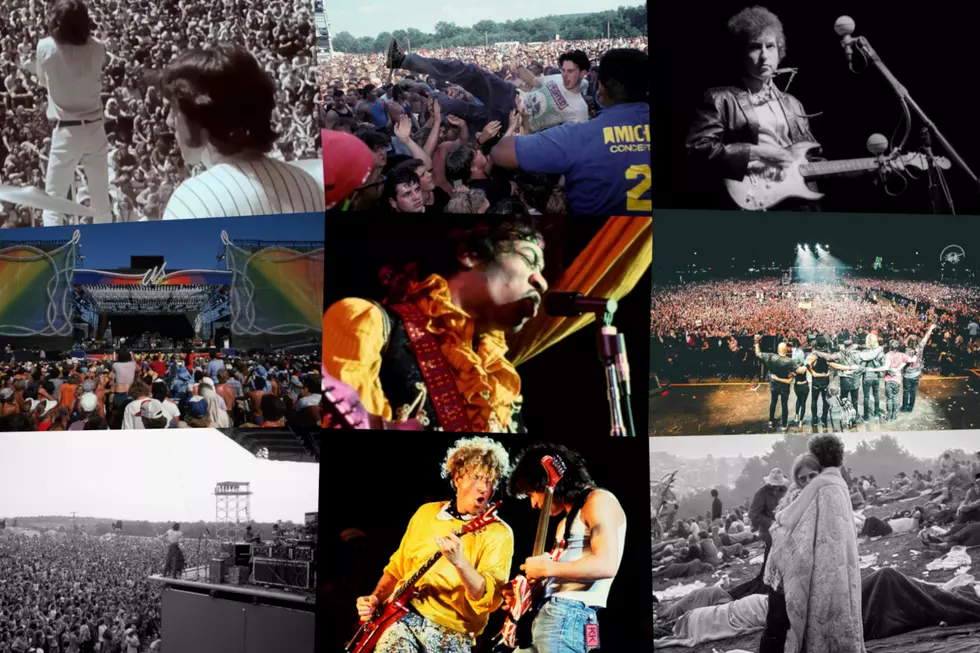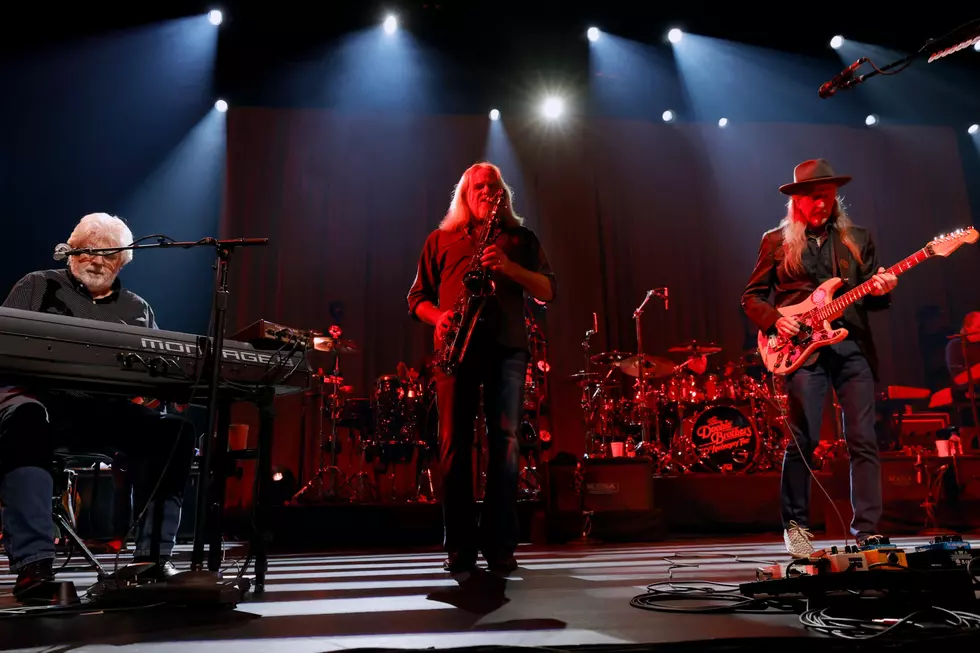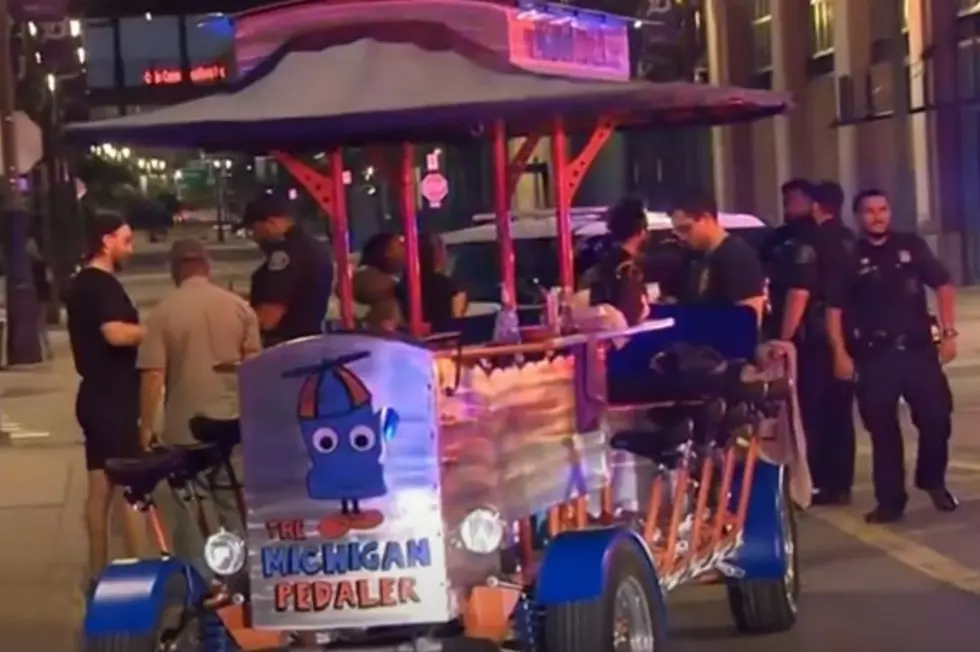
10 Most Important Music Festivals in US History
For decades, festivals have been a place where music and culture collide.
They're easy to take for granted nowadays, with a seemingly endless supply of events running throughout the year. There was a time, however, when festivals were far less commonplace.
Prior to the '60s, festivals were more buttoned-down affairs, often times focusing on regional talent rather than national stars. Rock music festivals, with a distinct style unto themselves, didn't emerge until the latter part of the decade.
Since that time, the popularity of music festivals has ebbed and flowed. After a rush of fests in the late '60s and early '70s, things quieted down for a while. The events were often deemed uncool, or worse, unsafe – the latter a lingering effect from the tragedy at Altamont in 1969.
The '80s saw a spattering of new festivals, several of which – like 1985's Farm Aid – were created to serve a cause. The '90s brought with it the touring version of Lollapalooza, but the modern-day festival boom wouldn't ignite until the dawn of the new millennium.
These days, music festivals are big business. In some cases, headlining artists get paid millions to perform – and that's still a pittance compared to the profits festivals rake in.
They “used to be more of a communion of culture,” Carlos Chirinos, a professor of clinical music and global health at New York University, told Time in 2019. “A group of people who were into the same type of music, they would come together. That was the driving force throughout the 1970s and 1980s until it became a profitable format.”
Here's a look at the 10 most important music festivals in U.S. history.
10 Most Important Music Festivals in U.S. History
More From US 103.1 FM







![Man Pulls Gun on Father Holding a Baby At Detroit Gas Station [VIDEO]](http://townsquare.media/site/84/files/2022/06/attachment-Screenshot_49.jpg?w=980&q=75)


